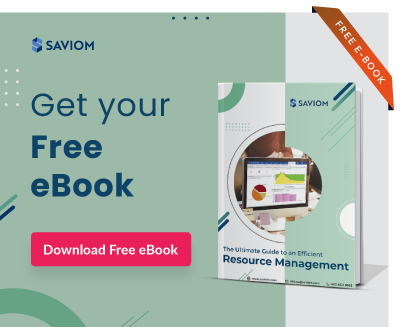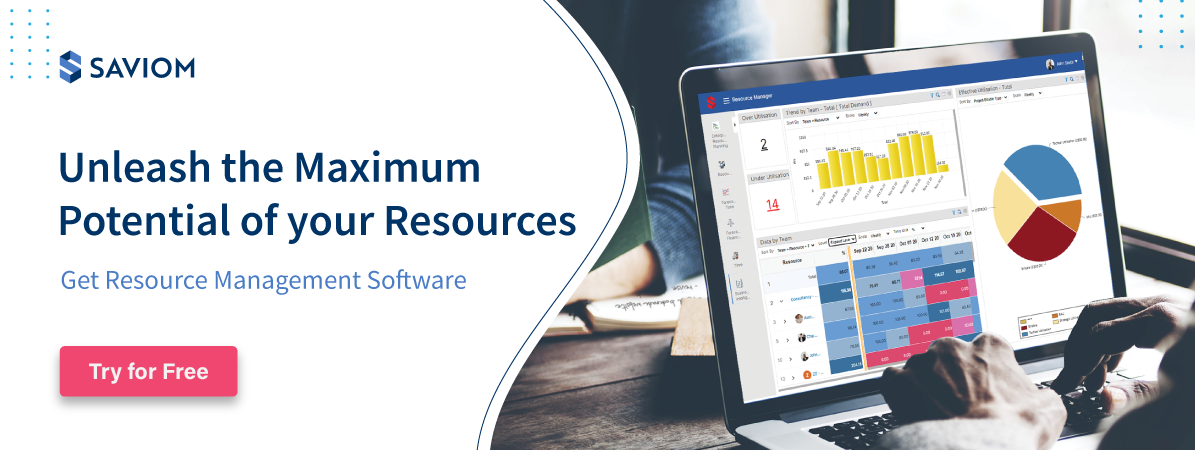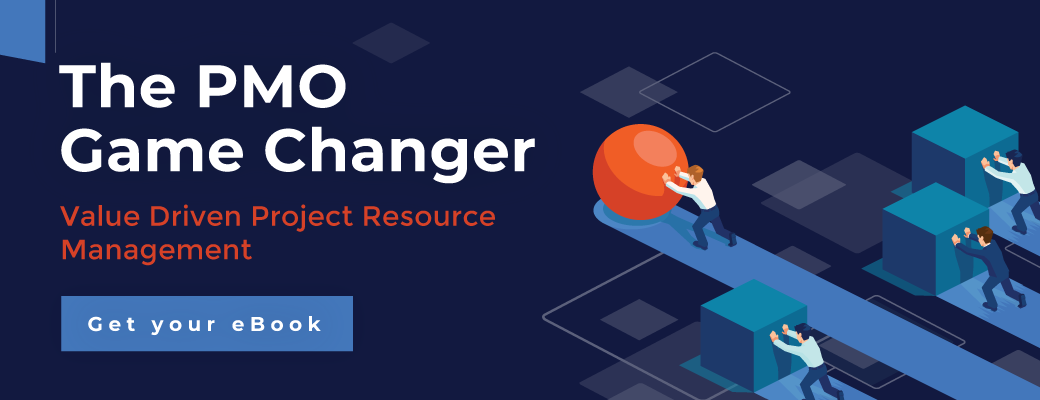Creating a sustainable formula to stay relevant in the long haul is a major goal for any organization. The strategy that you develop to achieve this goal eventually determines your bottom line. To bring this strategy to fruition, stakeholders and managers need to analyze their resources and capabilities carefully. After all, these capabilities will drive the quality, innovation, operational efficiency, and reputation of your business.
After all, these capabilities will drive the quality, innovation, operational efficiency, and reputation of your business.
However, when you are gauging your workforce’s skills and competencies, you need to look beyond the quantifiable measures. The qualitative measures constitute the extensive analysis of resources and their capabilities. This blog explains the role of this analysis in the formulation of an effective business strategy. Along with that, the best practices are mentioned to help you do so.
Let’s begin with understanding the basics,
The resource and capability matrix
What exactly do we mean by capabilities here? It is simply a collection of the skills, experience, and qualifications your resources possess. In addition, capabilities mean what we develop with time to meet the future dynamic demands. The skills of your resources are the elements that are used to generate a product or an output.
The onus lies on project managers to balance these skills according to the organization’s needs. In the end, the competitive advantage that we aim for is achieved by the right mix of talent. We then assign them to the right jobs and utilize their skills to the maximum potential.
The significance of resource analysis in strategy formulation
As already discussed, the aim of our strategy is to build a sustainable competitive advantage. Now how does resource analysis help? You analyze and filter the resources to keep the right amount of skills and competencies at your firm. This helps you focus on developing a finished, quality product using their capability.
The products developed by your talent pool drive customers, brand loyalty, and profitability. Once these aspects are addressed, you are automatically maintaining your competitive edge. Overall, an extensive resource analysis defines the success of your business strategy.
Now, the question is, how do you evaluate the competitive advantage of your resources?
The VRIN test- Evaluate the competitive advantage of resources
Evaluating the competitive advantage of resources is tedious, hence it’s always better to have a framework in place.
The VRIN test- an acronym for valuable, rare, inimitable, and non-substitutable that allows you to build a structured system.
The first two aspects decide if the resource is contributing to organizational growth. The latter two determine the degree to which the competitive advantage potential can be sustained.
Let’s understand how these attributes help in decision-making:
- Valuable – If the resources’ skills and work add value to the organization’s goal and contribute to the competitive advantage.
- Rare – Are the resources and their skills rare to find or widely available among the competitors? The rarer the resources are to find, the better is a competitive advantage.
- Inimitable– If your resources’ skills and capabilities are hard and expensive to imitate, you get a more sustainable competitive advantage.
- Non-substitutable– If your workforce is easily substitutable, you may lose your competitive advantage sooner if they are.
Note that if the individual resources pass all the four tests, you have a team of resources who can do so. At the same time, you need to develop those resources (who do not pass the test) into competitive advantages.
Here’s how,
Developing Your Resources and Capabilities into Competitive Advantages
Before you begin the process of developing resources into competitive advantage, you need to do an extensive analysis to guage who has the competitive potential.
Assessing the competency and potential of your workforce is the first step of the analysis. The next is to start taking measures to develop them into a sustainable competitive advantage and finally appropriate the returns from the sustained competitive advantage.
Below are three steps for achieving the same and enhancing your bottom line:
- Identify key responsibilities and capabilities
- Leverage transferability
- Replicability
Identify the key resources and capabilities
Gaining complete visibility into your resources’ strengths and weaknesses is the key to make data-driven decisions and maximize profitability. Once you know what your resources are capable of, you can use their talent to the maximum potential.
At the same time, it’s your job to focus on their weaknesses and help them develop these skills. It will eventually enhance their competitive edge.
Leverage transferability
Transferable or portable skills are competencies that can be utilized for multiple tasks. They are a great way to ensure that your firm’s competitive advantage is at its’ sustainable best. Resources are encouraged to develop multiple skills with the same proficiency.
With the market volatility, comes a wide range of ad hoc project demands. When your resources can utilize their primary and secondary skills to different project tasks, they can fulfill these demands at ease. This transferability will help them deploy their personnel and capabilities at best, regardless of where they are placed.
Replicability
You may face situations when your resources may not have the capabilities you are looking for. These capabilities are either expensive to hire or difficult to replicate. In such cases, you can make an extra effort and build these capabilities from the ground up. Taking insights from the history and the previous patterns, you can replicate them to ensure you do justice to your projects. Your project’s quality is not compromised in this case.
Moreover, organizing training programs to help your resource pool acquire the niche skills will help you replicate them.
A succession planning and backup strategy for replication must be in place for the strategic resources with niche skills. This can be accomplished in advance with knowledge transfer and shadowing and must not be left till the last minute.
These steps will help you keep your competitive advantage at its best in the long haul. Now, the last, but one of the most important steps to sustain the competitive advantage is benchmarking.
Here is a brief description of it,
Best benchmarking practices
Strategic benchmarking is the practice of comparing and evaluating your competitor’s data and finding out the internal scope of improvement.
It enables us to gain a competitive advantage in the present and the future as well. These are some of the best benchmarking practices you can follow:
Exploit key strengths
Deploying the right people to the right job is the key to strategic execution after the capabilities analysis. These skills will set your firm’s reputation apart from other competitors.
Managing key weaknesses
Countering your weaknesses is a recipe for disaster. Instead, managing them smartly and upgrading them will enhance your efficiency and fill the existing skill gaps.
Appraising resources and capabilities
Reviewing and appraising your talent pool with regular feedback will empower your decision-making. It will help you reach a consensus on whether you need to upgrade, enhance, or bring in more talent. These timely checks will keep you relevant in the long run and sustain your competitive advantage.
The summary
Leveraging your resources and capabilities to the best extent is the key to maintaining and sustaining your competitive advantage. After all, resources are the success drivers of your firm. The above mentioned best practices to develop a competitive advantage will improve your firm’s profitability and sustainability. In addition, it will also help you find the discrepancies in the current system and fill the gaps with continuous improvements.
How has been your journey of resources and capabilities analysis so far?













